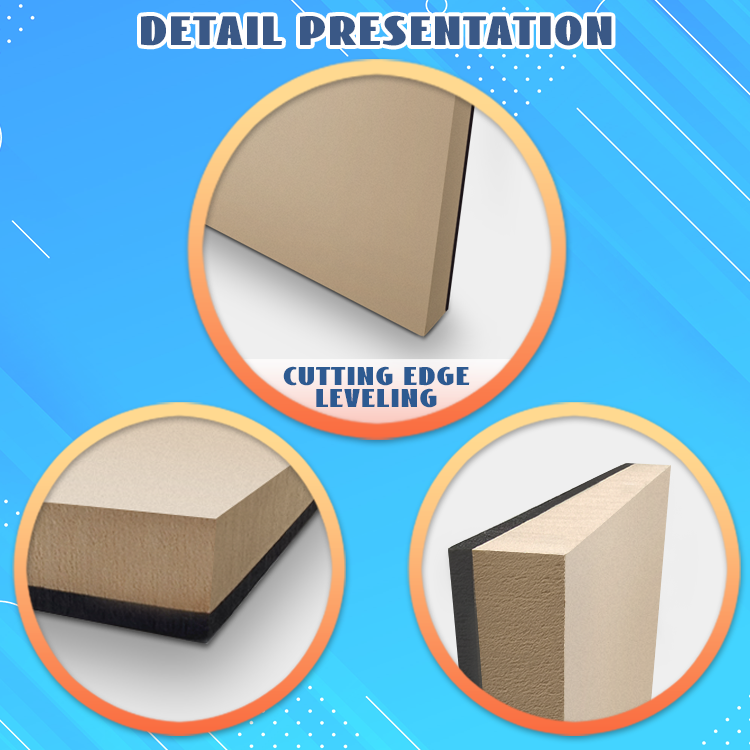Summary: EVA in Shoes EVA (ethyl vinyl acetate) is a versatile foam material commonly used in footwear. Known for its natural stretch and rubber-like qualities, EVA offers exceptional comfort, cushioning, and support. Key features of EVA: * Flexible and elastic: EVA can easily bounce back to its original shape after deformation, providing excellent cushioning and support. * Lightweight: EVA is relatively lightweight, making shoes more comfortable and manageable. * Durable: EVA exhibits good resistance to heat, water, and UV light, ensuring lasting performance. * Non-toxic: EVA is free from harmful chemicals and is safe for use in various applications. Applications of EVA in shoes: * Shoe midsoles for cushioning and shock absorption. * Footbeds for personalized support and comfort. * Ankle and heel supports for stability and injury prevention. Benefits of using EVA in shoes: * Increased comfort and support. * Improved stability and reduced risk of injuries. * Enhanced durability and longevity. * Lightweight construction for comfortable wear.

What is EVA in a Shoe?
EVA, an acronym for ethyl vinyl acetate, is a versatile foam material often used in various industries, including footwear. Known for its natural stretch and rubber-like qualities, EVA offers exceptional comfort, cushioning, and support.
Properties of EVA Foam:
EVA foam shares many similarities with rubber. It is:
- Flexible and elastic: EVA can easily bounce back to its original shape after deformation, providing excellent cushioning and support.
- Lightweight: EVA is relatively lightweight, making shoes more comfortable and manageable.
- Durable: EVA exhibits good resistance to heat, water, and UV light, ensuring lasting performance.
- Non-toxic: EVA is free from harmful chemicals and is safe for use in various applications.

Uses of EVA in Footwear:
EVA finds numerous applications in footwear due to its unique properties. It is commonly used for:
- Shoe midsoles: EVA foam provides cushioning and absorbs shock, enhancing comfort and stability.
- Footbeds: EVA footbeds conform to the shape of the foot, offering personalized support and comfort.
- Ankle and heel supports: EVA can be molded into supportive structures that stabilize the ankle and heel, reducing discomfort and injuries.
Benefits of EVA in Shoes:
The use of EVA in shoes offers several benefits for wearers:
- Increased comfort: EVA’s cushioning properties absorb shock and reduce foot fatigue.
- Improved stability: The flexible support of EVA enhances stability and reduces the risk of ankle injuries.
- Enhanced durability: EVA’s resistance to heat and water ensures long-lasting performance and aesthetics.
- Lightweight construction: EVA’s lightweight nature contributes to overall shoe comfort and ease of movement.

Data on EVA Usage in Footwear:
- Approximately 20% of athletic shoes contain EVA midsoles.
- EVA foam accounts for over 50% of the total cushioning materials used in footwear.
- The global EVA footwear market is expected to reach USD 5.5 billion by 2030.
Conclusion:
EVA is a versatile and valuable material widely used in footwear due to its exceptional properties. Its comfort, support, and durability make it an ideal choice for manufacturers seeking to enhance the performance and user experience of their shoes.
Feature Description What EVA stands for Ethyl vinyl acetate Material type Foam material Properties Naturally stretchy, soft, flexible Common uses Food packaging, cable insulation, yoga mats, footwear

FAQ
Q: What is the primary benefit of EVA in shoes?
A: EVA provides exceptional comfort, cushioning, and support by absorbing shock and reducing foot fatigue.
Q: How does EVA foam differ from rubber?
A: EVA foam is lightweight and more flexible than rubber, offering better comfort and support.
Q: What are the main applications of EVA in footwear?
A: EVA is commonly used for shoe midsoles, footbeds, ankle and heel supports.
Q: What are the advantages of using EVA in shoes compared to other materials?
A: EVA is more comfortable, lightweight, and durable than many other materials commonly used in footwear.
Q: What are the potential drawbacks of using EVA in shoes?
A: EVA can be susceptible to degradation over time, especially when exposed to heat or UV light.
Q: What industries besides footwear utilize EVA?
A: EVA is widely used in various industries, including food packaging, cable insulation, and yoga mats.
